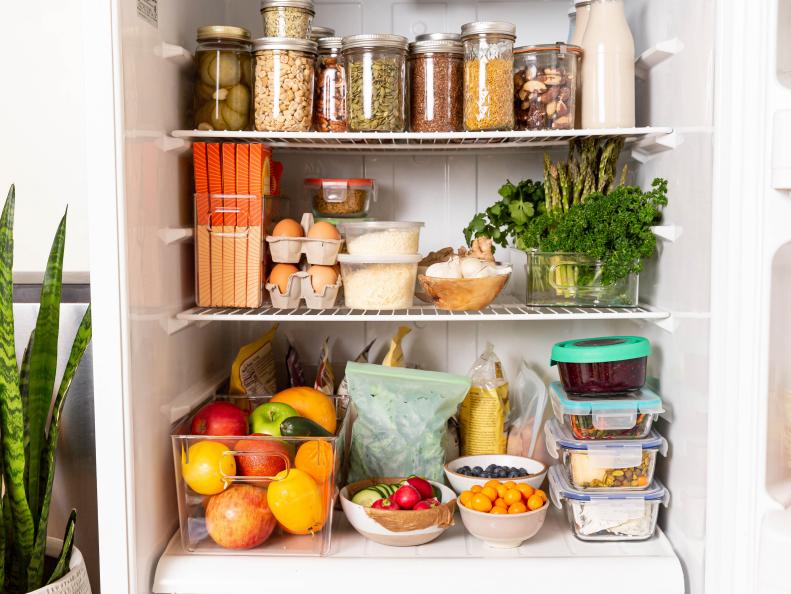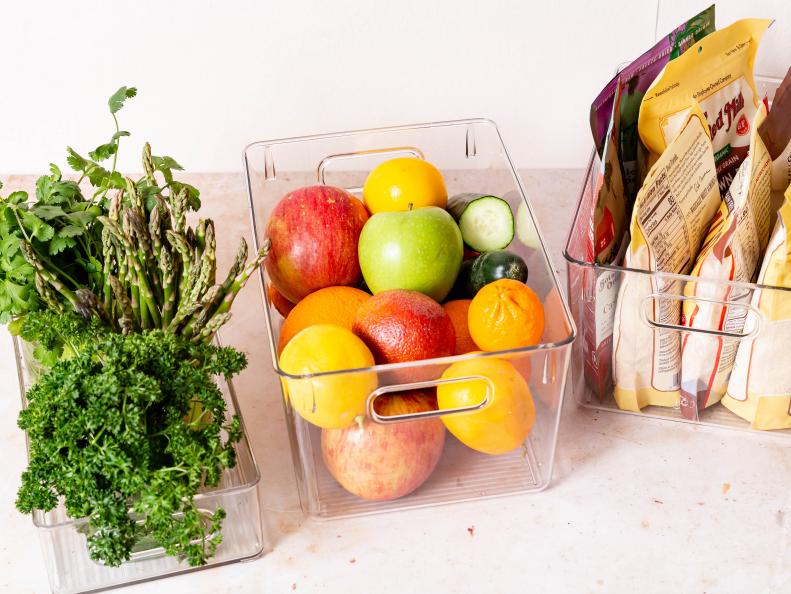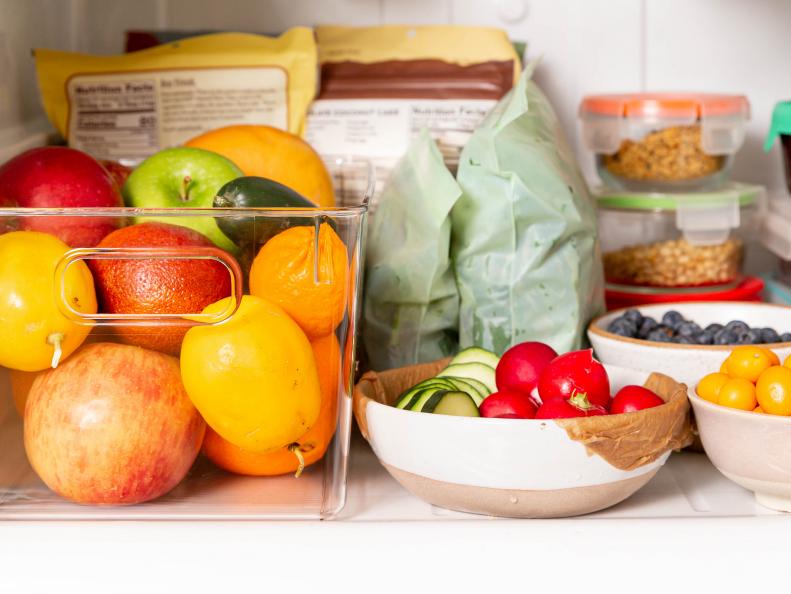1 / 10
Photo: Leesa Morales
Healthy Eating Is as Close as a Refrigerator Makeover
Beyond peace of mind and healthy snacks at the ready, maintaining organization in the refrigerator can also help you extend the shelf life of perishable items, reduce food waste and improve the nutrition potential of your meals. While no two refrigerators look just the same, try implementing a few of these tips and tricks to help create a low-cost system that works for you.









